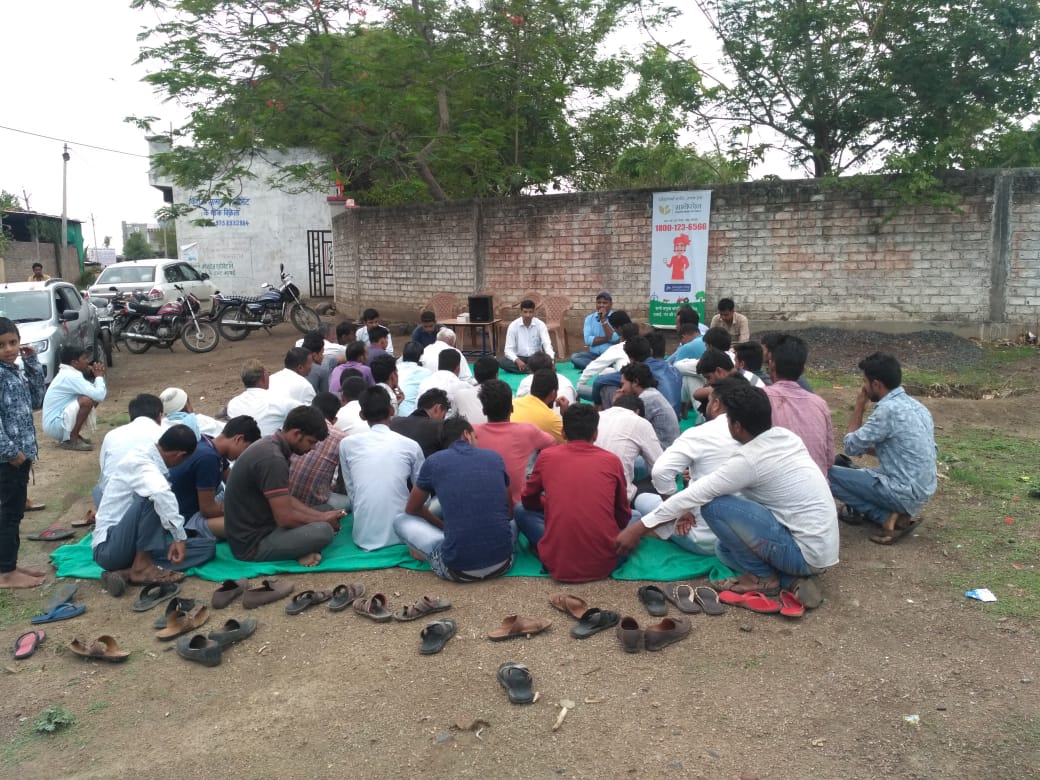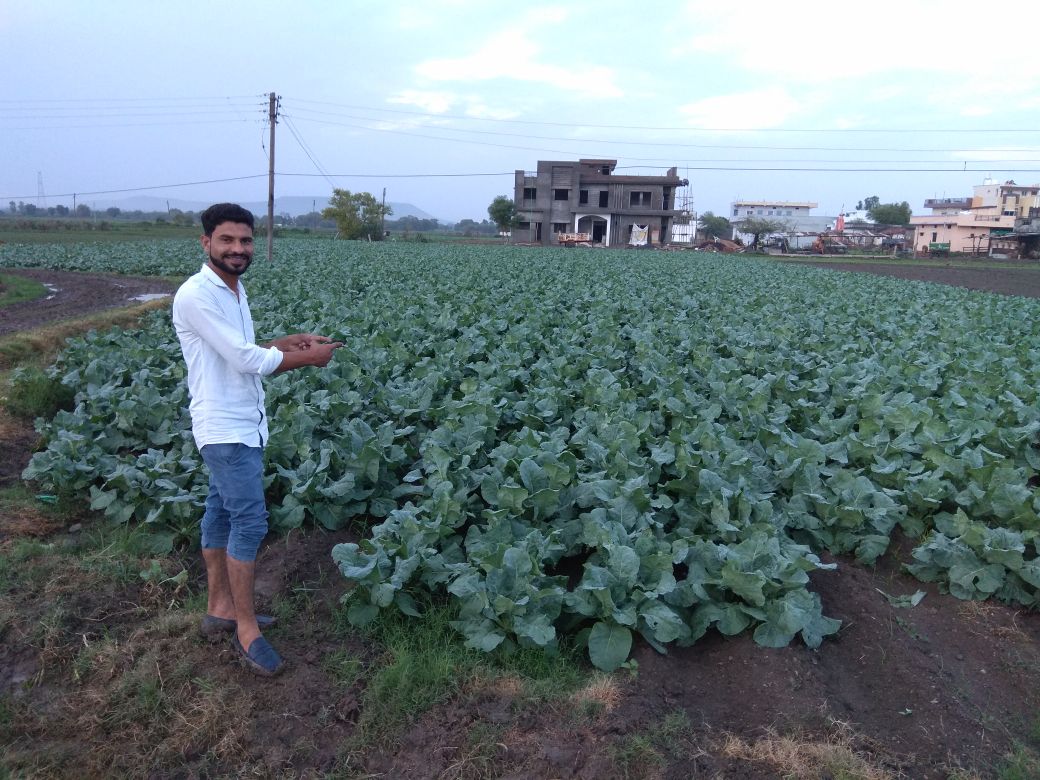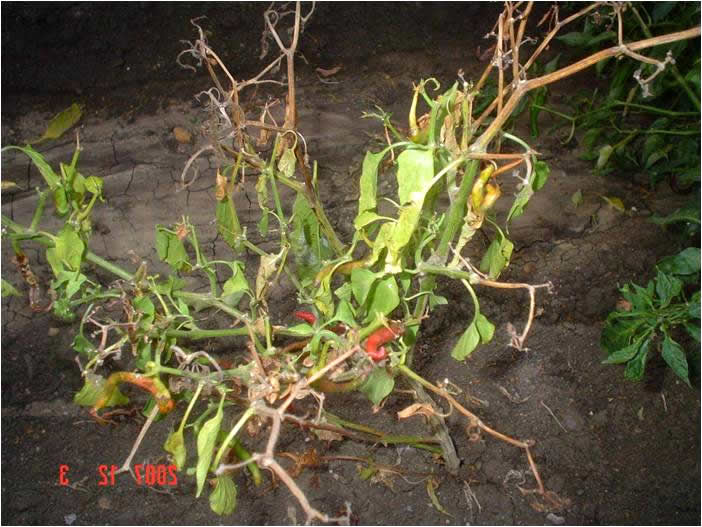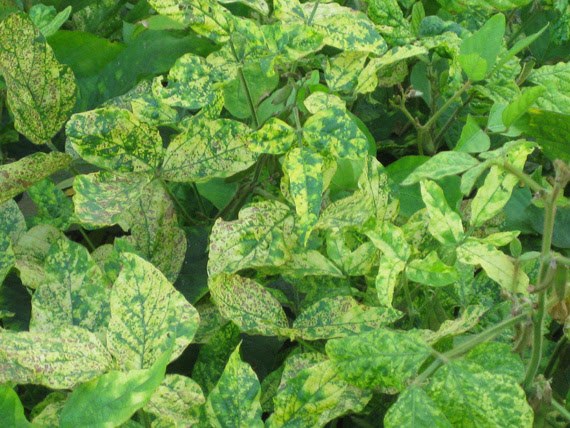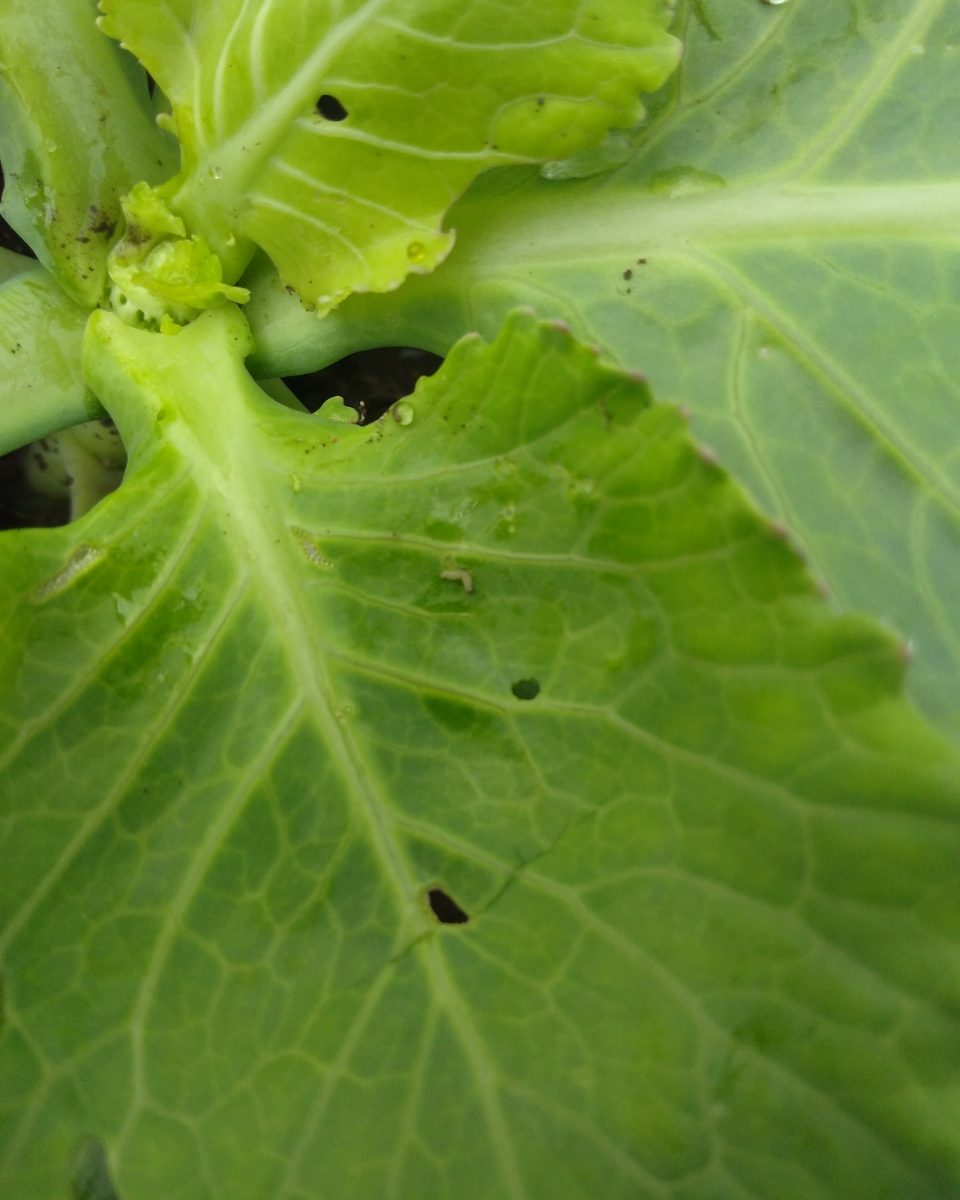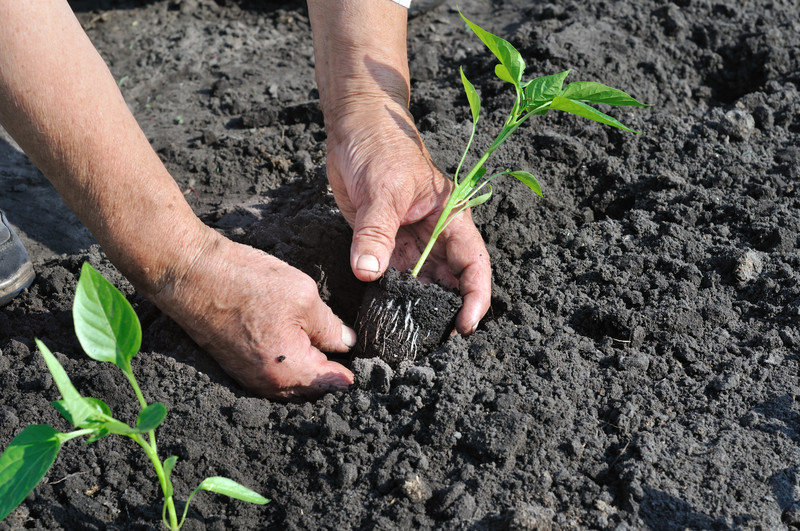Co-operative Farming boost the income Of Farmers:-
Cooperative farming refers to an organisation in which: each member-farmer remains the owner of his land individually. But farming is done jointly. Profit is distributed among the member-farmers in the ratio of land owned by them.Wages distributed among the member-farmers according to number of days they worked.
“Today, farmers buy at retail rate and sell (their produce) at wholesale rates. Can it be reversed?. If they buy (inputs) at wholesale rates and sell at retail price, then nobody can loot them, not even middlemen
Advantage :-
- As the size of farm increases, the per hectare cost of using tube-well, tractor comes down.
- Cooperatives also provide farmers with training on production and post-harvest handling, as well as education in literacy, business or marketing that can build their human capital
- Since cooperatives are based on values of democracy, equality and equity, they can play a particularly strong role in empowering women, especially in developing countries
- Farmers in cooperatives have more bargaining power, lower transaction costs in getting loans, and better access to information.
- By pooling all the small and marginal farms, members of cooperative farming can reap all the benefits of large-scale farming. While purchasing agricultural inputs like seeds, fertilizers etc. the society can purchase in bulk quantity and thus it costs less.
- Big machineries like tractors, harvesting machines can now be purchased by the society and the agricultural operations can now be managed in a more scientific basis.
We are stronger as a group than an individual. Think in a cooperative and communal way, set up local food hubs and create growing communities.
Like and share with other farmers by clicking on button below
Share
